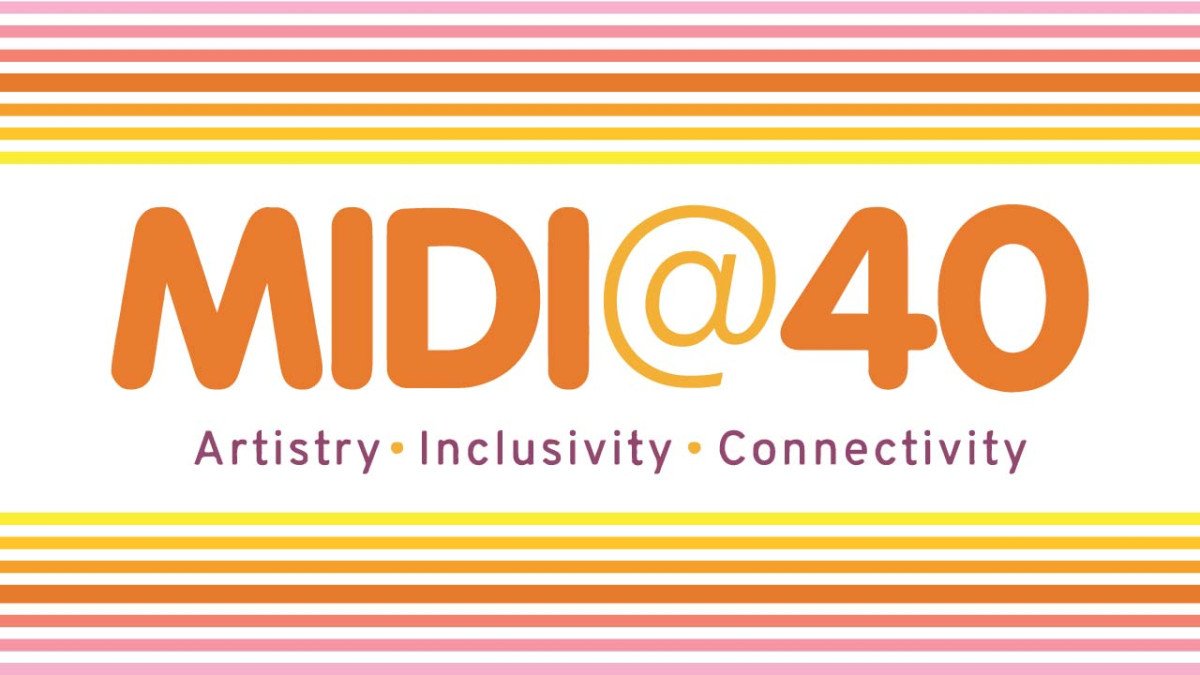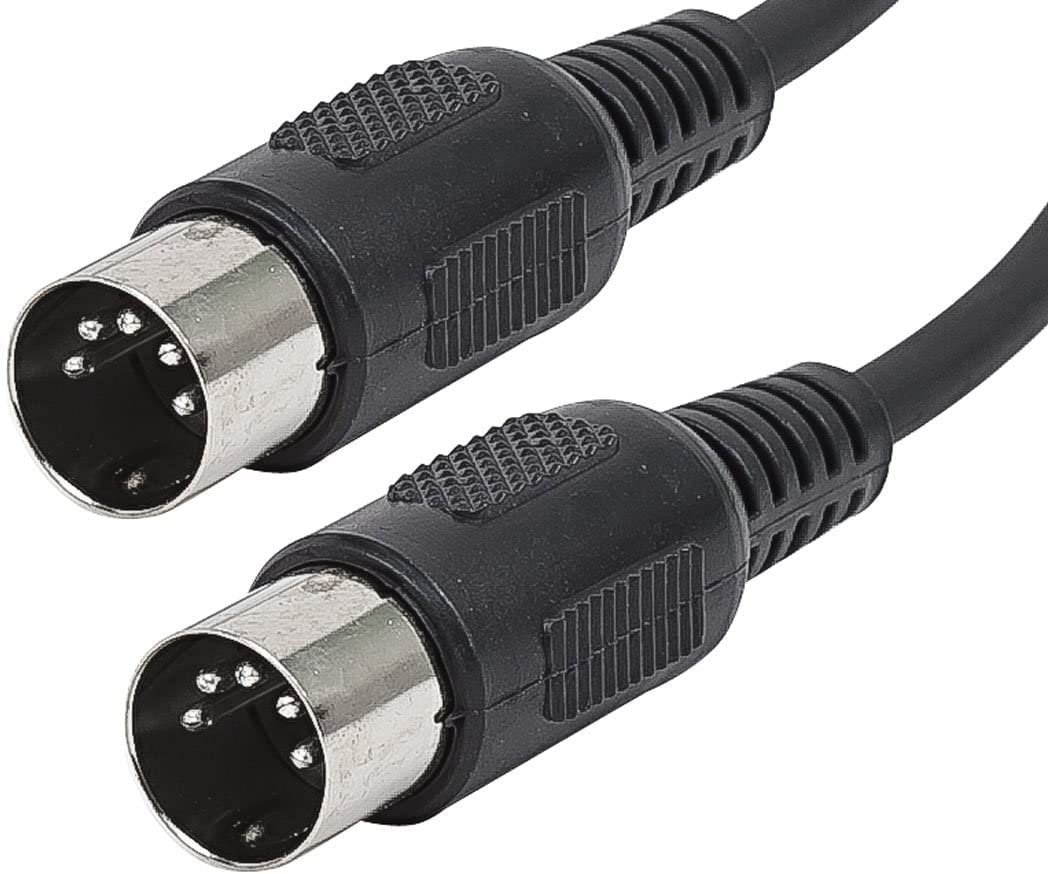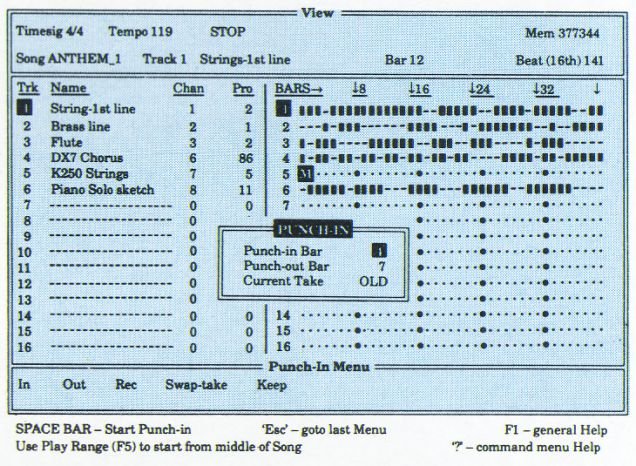MIDI @ 40
At the NAMM Show in Anaheim this year, there will be a recognition and celebration of one of the most unique things about the music industry - the 40th anniversary of the invention of MIDI - Musical Instrument Digital Interface. While it may not sound like a big deal - it is. In a highly competitive industry, MIDI is one of the only things that ALL hardware and computer manufacturers have agreed on - adopting a single standard that is used by all MIDI enabled instruments, software and hardware. MIDI is everywhere.
So what is MIDI, who invented it, and what does it actually do? In 1981 Dave Smith, who sadly passed away last year, set out to create a universal interface and communications protocol, so that any keyboard from any manufacturer would be able to 'talk' to each other. Smith teamed up with synth pioneer Tom Oberheim and Roland's Ikutaro Kakehashi to create a system called Musical Instrument Digital Interface - MIDI. MIDI was launched at the 1983 Winter NAMM where a Sequential Circuits Prophet 600 was successfully demonstrated connected to a Roland Jupiter-6.
Dave Smith demonstrating MIDI at the 1983 NAMM Show
MIDI is actually a set of instructions, broken down into O’s and 1’s (binary) that communicates a LOT of information - pitch, velocity, after-touch, duration, patch, and pitch bend. This protocol supports up to 128 pitches, and uses the number 0 to 127 to communicate everything else. If none of this makes sense, here is a basic description: if you press middle C on a keyboard and hold it for 4 beats, MIDI communicates the exact pitch you played, how hard you pressed the key, and how long you pressed the key. Basic but very important information. What MIDI does is communicate that information to OTHER keyboards and devices. The way it communicates is through a special cable that has 5 pins. Why 5 pins? Well technically, only 3 are used. One is a ground, and the other two transmit the actual MIDI signal. 5 pins makes the connection more “rugged” and originally, the inventors thought that they might be used someday.
It may not sound like a big deal, but MIDI literally revolutionized the keyboard industry overnight. Soon after it’s introduction, every keyboard manufacturer raced to adopt and implement the MIDI standard on their keyboards. MIDI literally meant that keyboards could talk to each other, and perhaps more importantly, they could talk to computers. I distinctly remember the moment when I hooked up my Roland Juno 106 (my very first synth) to a Yamaha DX-100. I spent tons of time layering sounds together. Strings and piano, pads and leads. It opened up my sound palette and really made me listen to the keyboard part in every song that I heard.
Roland Juno 106
MIDI cables were relatively inexpensive and could be used to connect any keyboard to any other MIDI instrument. Soon after, drum machines added MIDI. I know this will sound silly, but I bought a drum machine (the Roland TR 505) as a basic sequencer and connected it to my DX-100 to play complex rhythmic melodic patterns. I remember taking hours to program in the opening synth part to Baba O’Riley by The Who. It was pure magic to hear that iconic part played by a drum machine.
Roland TR 505 Drum Machine
Soon after MIDI was adopted by keyboard manufacturers, the personal computer revolution hit. Hardware manufacturers quickly created MIDI Interface cards that could be slotted into your computer’s motherboard. I went down to Sam Ash in White Plains, NY and bought a Voyetra OP-4001 MIDI interface that came with a piece of software called Sequencer Plus Mark One, made by Voyetra.
Voyetra OP-4001 MIDI Interface
This sequencer resembled an old-school player piano interface (also known as step entry) and allowed me to program music on my computer, connect my keyboard to my computer, and have the computer “play” my keyboard. The very first piece of music that I ever programmed was Invention No. 8 in F Major by JS Bach. I will never forget the feeling that I had when I heard my computer play my Juno 106. It is why I am in music technology. It was 100% wizardry, and I was HOOKED. I still use that Invention whenever I want students to practice inputing notes into notation or sequencing software.
Sequencer Plus Mark One by Voyetra
About 10 years after the first MIDI interface cards were introduced, computer manufacturers adopted the USB standard (very similar to what happened with MIDI) and companies started to create USB MIDI interfaces. In my opinion this blew the doors open on the sequencer software market as it made it VERY easy to hook up a keyboard to a computer. One of the most common USB MIDI interfaces was the MIDI Sport Uno made by M-Audio. You’ll probably see tons of these in music technology labs around the world. They were VERY popular, sturdy, and easy to connect.
Today, MIDI cables aren’t needed on most devices if you are connecting them to a computer. USB keyboard controllers use USB. Most synths have USB ports as well as MIDI. You can hook up almost ANY device to a computer with a USB cable. USB cables can carry the exact same information as MIDI cables so they are slowly becoming obsolete - UNLESS you’re hooking up multiple synths together in a live performance situation.
The introduction of MIDI in the world of computing created the need for the Standard MID File format. This format packages all of the information communicated by MIDI into the .mid format which can be interpreted by any device with MIDI. You have heard many MIDI files - but you may not have known it. Ring tones use .mid files, notation and sequencing software programs import MIDI files, even karaoke machines use MIDI files. They’re everywhere.
General MIDI was launched in 1991. It was basically a protocol that created minimum feature set for instruments, including a sound bank with 128 sounds that would be the same on every MIDI-enabled instrument. The GM 1 Sound Set is known to all who have used it. General MIDI also required that an instrument be able to play 24 sounds at the same time. It also attached the Program number (or sound) to the set of instructions that MIDI was sending. A program number is the patch or sound on the synthesizer. For example, Program Number 06 might be Acoustic Guitar on your Korg keyboard. General MIDI communicates that information to whatever device you connect it to.
In January of 2020, the MIDI standard was updated to MIDI 2.0. Without getting too technical, MIDI allows for a two-way dialog between MIDI devices and opens up lots of opportunities.
What I find pretty incredible is that MIDI is enabled on the web. Web MIDI allows users to have their hardware interact with web-based applications.That means that you can hook up your MIDI devices to web-based software - things like Flat, Noteflight, and Soundtrap. Students with Chromebooks can hook up a USB MIDI device and interact with the software - incredible.
I’ll be heading out the NAMM Show on April 12th and I plan on celebrating the 40th anniversary of MIDI on Saturday April 15th. Many of the early MIDI architects will be there, and sadly, many will be missed. MIDI is one of the most important things that has ever happened in the music industry - and certainly in music technology. Congratulations to MIDI!








